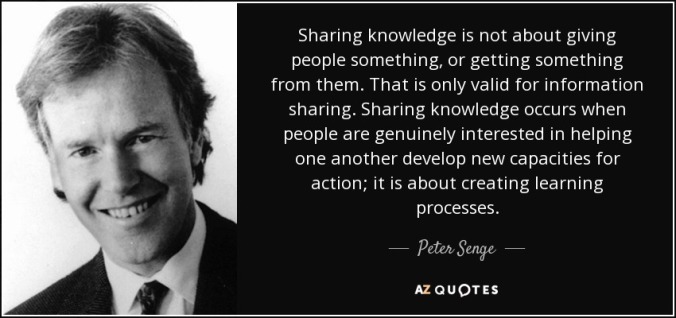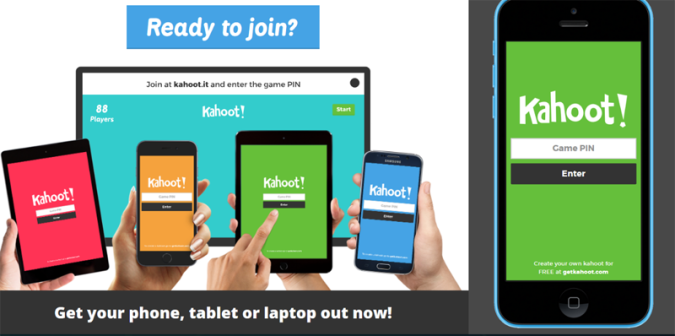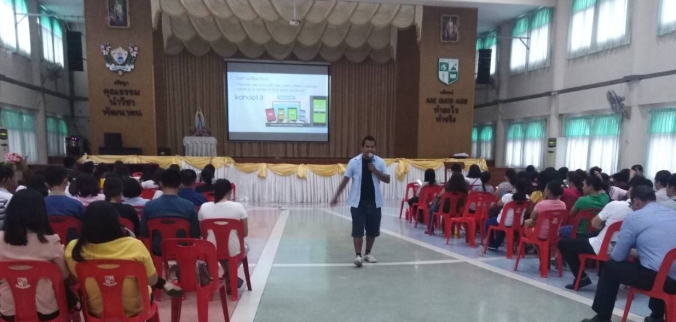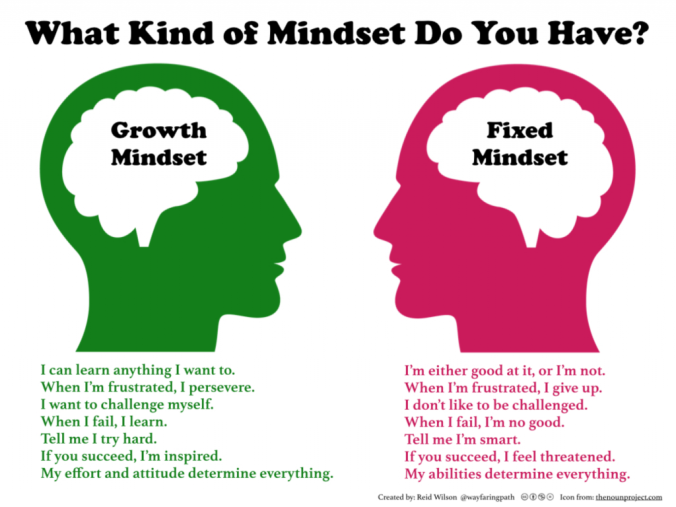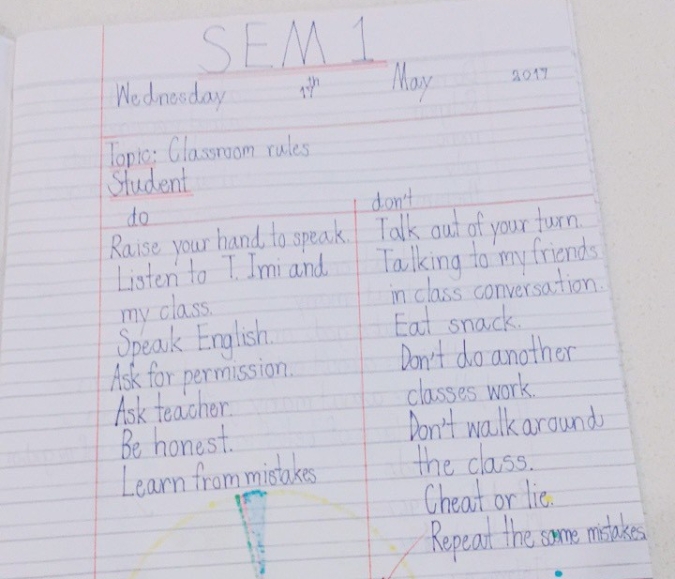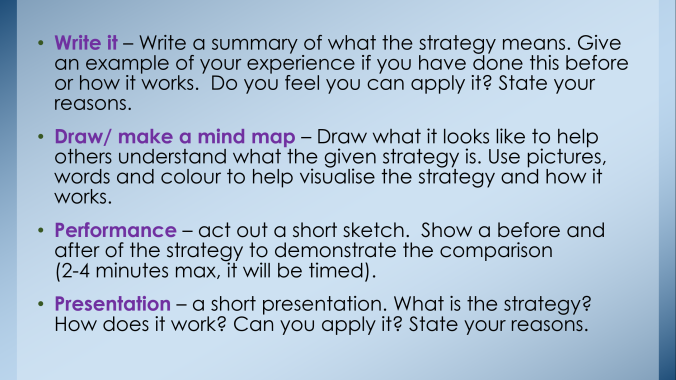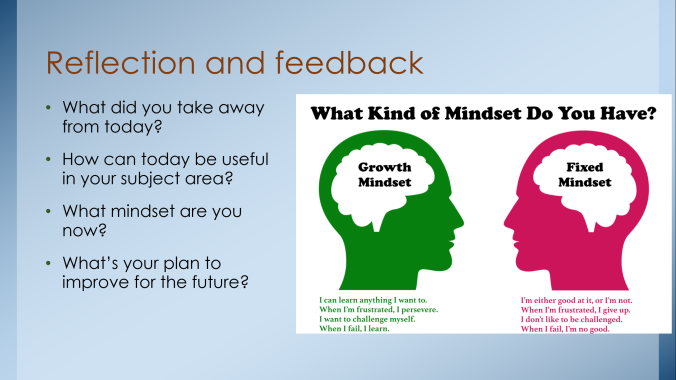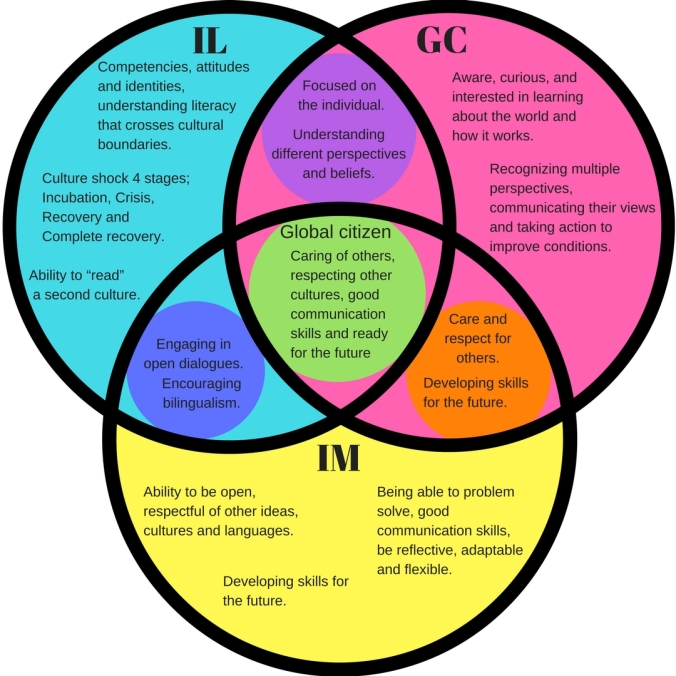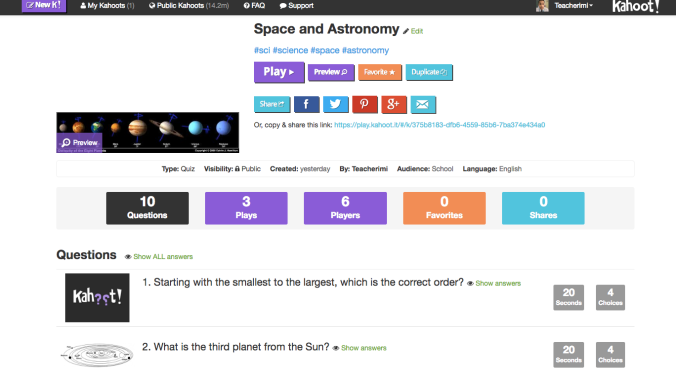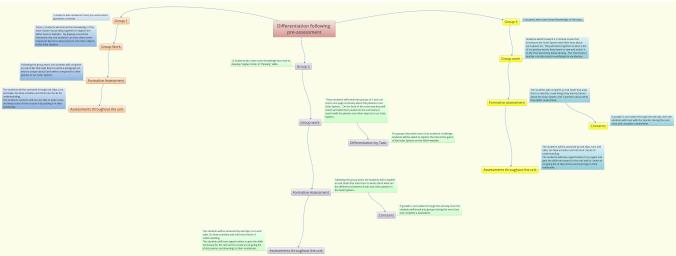*quick update*
I’m currently now working at an International School in Thailand and have been lucky to attend other workshops during my time there such as attending the Student Agency workshop in 2018 and EARCOS for Performing Arts and Sports Coaching in 2019. As usual, when one attends these workshops, these interactions generate provoking, constructive and encourage positive conversations among teachers, colleagues and friends. The aim here is to reflect and share my thoughts with others about what I have experienced and to help raise awareness of various tools one could use to help enhance the student learning experience.
Microsoft 365 in Education
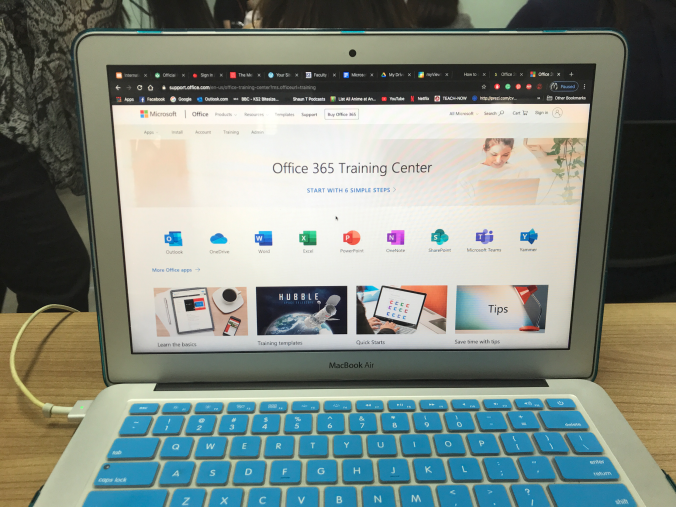
(Photo was taken from my Ipad at the Microsoft 365 workshop, 2020)
Recently, I attended a technology workshop at Bangkok Prep School in Thailand in relation to using technology, Microsoft 365 programs and other apps to help enhance students learning for the 21st century.
How AI is used in Education?
AI these days have improved significantly. Personally, when I think of AI, my first thoughts are programs such as Apple’s Siri, Amazon’s Alexa, Google’s “Hey Google” and Microsoft’s Cortana. With the advances in this kind of technology, it’s interesting to think about future prospects of how teachers could use this to help enhance learning in education. Based on the Microsoft workshop I attended, I would summarize the benefits into these points;
- Provides differentiated and individualized learning for student
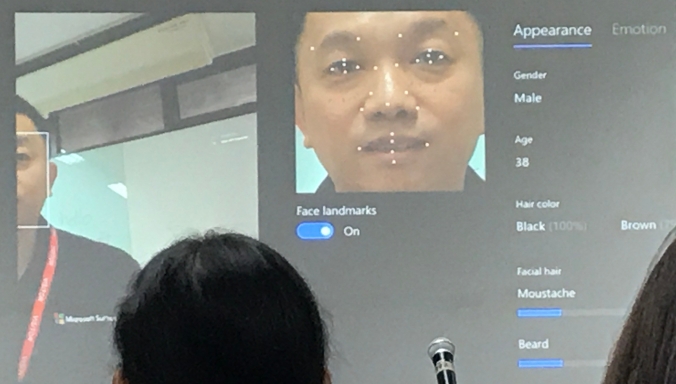
(Photo was taken from my Ipad at the Microsoft 365 workshop, 2020)
With Microsofts real-time crowd insights, they demonstrated an interesting premise where students are all on their devices and log onto an online class. During their time being online, the AI can identify in real-time the emotions of an individual’s face through the webcam. It will recognise the mood of the child and then provide analytic data for the teacher to interpret and provide help for where they may feel a student are struggling to grasp a subject.
- Universal access for all students
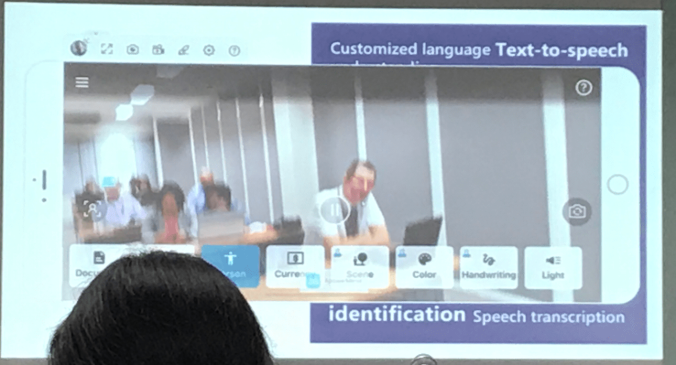
(Photo was taken from my Ipad at the Microsoft 365 workshop, 2020)
As you can see in the picture and video above, Microsofts cognitive services also can provide real-time speech to text with translations. This is useful for students to gain access, especially those who may struggle based on learning languages. Students can also take pictures of texts with their windows devices and translate them in real-time.
- Automate Admin tasks
Using programs such as Microsoft Forms, teachers can efficiently create quizzes. In relation to subjects such as maths, science etc, the AI can also auto-generate answers and responses in relation to the question made to aid in the efficiency of creating quizzes quickly. These quizzes are automatically graded upon submission which helps students and teachers receive real-time results and immediate feedback.
- Tutoring and support outside of the classrooms
While using Microsoft programs such as Stream, the teacher can privately stream their classes online for students to watch and review again after participating in the class. All speech is automatically transcribed with timestamps and students can search for a key concept talked about in the video through the search bar within the video for ease of access in reviewing what they need. While the teacher is recording in the class and there are others speaking in the video, the AI can also provide a timeline for their speech and their interactions.
Reflection
In general, Microsoft provided some very interesting ideas and analytic tools which can most definitely be of value for any education institution. An interesting conversation I had with an IT staff who attended the same workshop agreed with some of their ideas and concepts. Nevertheless, with those who agree, there will be those who disagree and it was interesting to hear both sides.
When compared to other institutions who already have something very similar to what’s being offered such as G Suites, are finding it tough to imagine their institution to make changes or even switch from G Suites to Microsofts 365.
The business office question is bound to be “Why pay for 2 licences of varying organisations when they both offer nearly similar programs and software?” This was then met with a response by another individual who stated: “Why limit a student’s productivity?”
This generated an interesting debate and conversation of the benefits of having either Microsoft 365 or G Suites and how having both can help with differentiating for students who have different devices and email interfaces. By being able to have both available, students can choose what program or software is suitable and comfortable for their productivity. As long as they are collaborating, communicating and sharing their work, the end game here is they are developing students with skills to tackle the world of tomorrow. If an individual is lucky enough to be part of an institution that is financially stable to provide both for their students, then Microsofts 365 programs and software is a great additional tool which can stimulate teacher and student productivity. It also provides great analytic data and tools for students and teachers to access and interpret to aid developing students and their learning.
However, if you are part of an institution which has just opened or cannot financially afford to have both, it makes it a difficult choice on whether to switch or even to argue to have both when they are already using something similar like G Suites (albeit it being broad equivalents).
Here are some of the programs based on their similarities;
- Word > Google Docs
- Excel > Google Sheets
- Powerpoint > Google Slides
- Outlook Online > Gmail
- One Note Online > Google Keep
- Sharepoint > Google Sites
- Microsoft Teams > Google Hangouts
(Singleton, 2019)
If you would like to learn more on differences, you can browse this site which has a more extensive comparison of the differences; Microsoft 365 vs G Suites (Singleton, 2019).
Overall, I enjoyed what Microsoft 365 had to offer and it does raise some interesting prospects for the future of education especially in relation to using AI to help enhance the learning environment. I sense schools in Thailand should definitely implement more technology, whether its Apple, Microsoft or Google. But with something like Microsoft 365 that also provide other efficient tools for effective feedback and analytic data for teachers and students, it does make a worthy pitch. After all, we are teachers who want to provide a learning environment to aid in developing students who can problem-solve, persevere, think critically, and collaborate. As mentioned before, having more helps differentiate for students productivity. Any additional technology can only help benefit our students for the 21st Century.
References
ichristianization. (2017, June 13). Microsoft Build 2017 Translator Demo. Retrieved February 1, 2020, from https://www.youtube.com/watch?v=u4cJoX-DoiY&feature=youtu.be
Marr, B. (2018, July 25). How Is AI Used In Education — Real World Examples Of Today And A Peek Into The Future. Retrieved February 1, 2020, from https://www.forbes.com/sites/bernardmarr/2018/07/25/how-is-ai-used-in-education-real-world-examples-of-today-and-a-peek-into-the-future/#2cf667d6586e
McNeill, S. (2018, August 14). Realtime Crowd Insights. Retrieved February 1, 2020, from https://www.youtube.com/watch?v=K7rFP-V4RZM&feature=youtu.be
Microsoft Cloud. (2017, June 20). Microsoft Stream. Retrieved February 1, 2020, from https://www.youtube.com/watch?v=RaFwmFAJUwY&feature=youtu.be
yurart. (2018, June 4). Microsoft AI Emotion Test. Retrieved February 1, 2020, from https://youtu.be/rdrPcrMBHII
